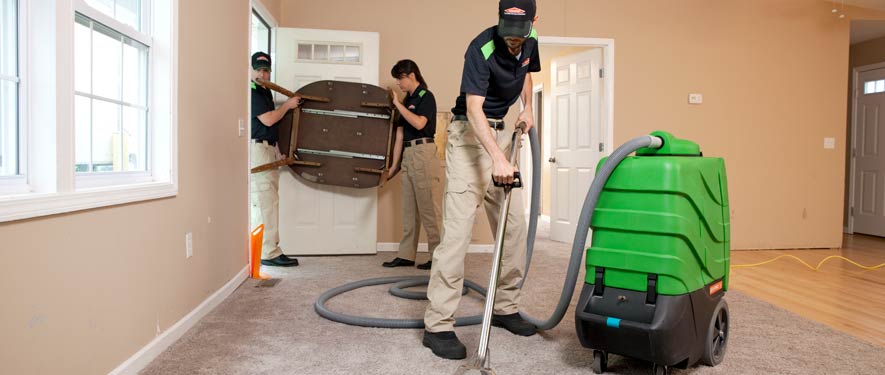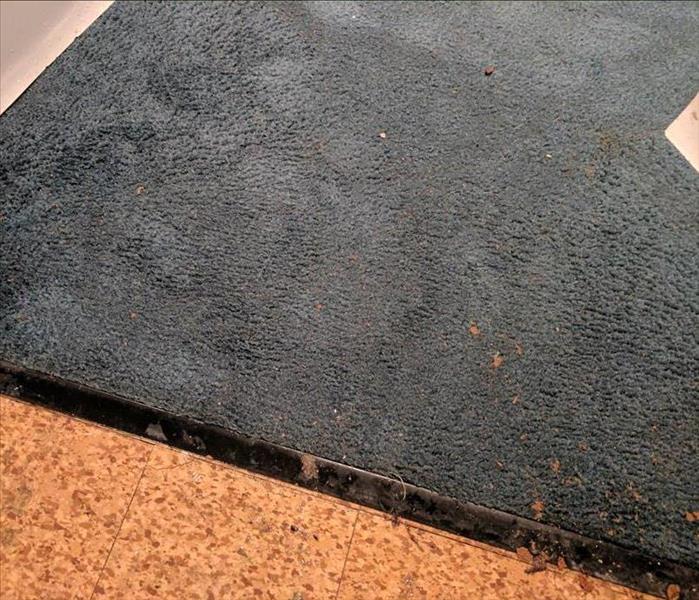
Step 3: Water Removal / Water Extraction
Once a property is inspected and assessed the next step in the water restoration process is water removal.
Under the larger umbrella of water removal is two parts: the removal of possessions affected by the water damage and then the removal of the water itself. Our teams use powerful water extraction equipment to remove the bulk of the water, we use submersible pumps and truck-mounted (or portable) extraction units with the capacity to remove massive amounts of water in a short period of time.
Quickly removing standing water from a property is important because it limits damage and prevents the development of mold colonies.
See below for more info on water removal as well as the equipment we use.
Move-Out / Pack-Out
If your home requires extensive restoration or cleaning, SERVPRO of Montclair/West Orange can conduct an organized, efficient move-out to protect your belongings from further damage.
- Move-Out Service
Emergency Water Removal
Our highly trained technicians will begin the water removal process almost immediately. Depending on the amount of water, we may use powerful submersible pumps in addition to industrial strength, wet/dry vacuums. Removing most of the water helps reduce drying time and helps prevent secondary water damage and mold and bacterial growth.
- Remove Excess Water
- Use Submersible Pumps and Industrial Wet/Dry Vacuums
Inspect the Carpet Pad and Carpet
We inspect the carpet and pad and determine if they should be removed to protect the subfloor.
- Inspect Carpet Pad and Remove If Needed
- Inspect Carpet and Remove If Needed
Water Removal Equipment
- Moisture detectors, hygrometers, and other meters measure the extent of moisture saturation.
- Infrared cameras may be used to find “hidden” water behind walls and ceilings.
- Submersible and gas-powered pumps are used for continuous pumping of high-level water.
- Truck-mounted and portable extraction units perform efficient water removal.




 24/7 Emergency Service
24/7 Emergency Service




